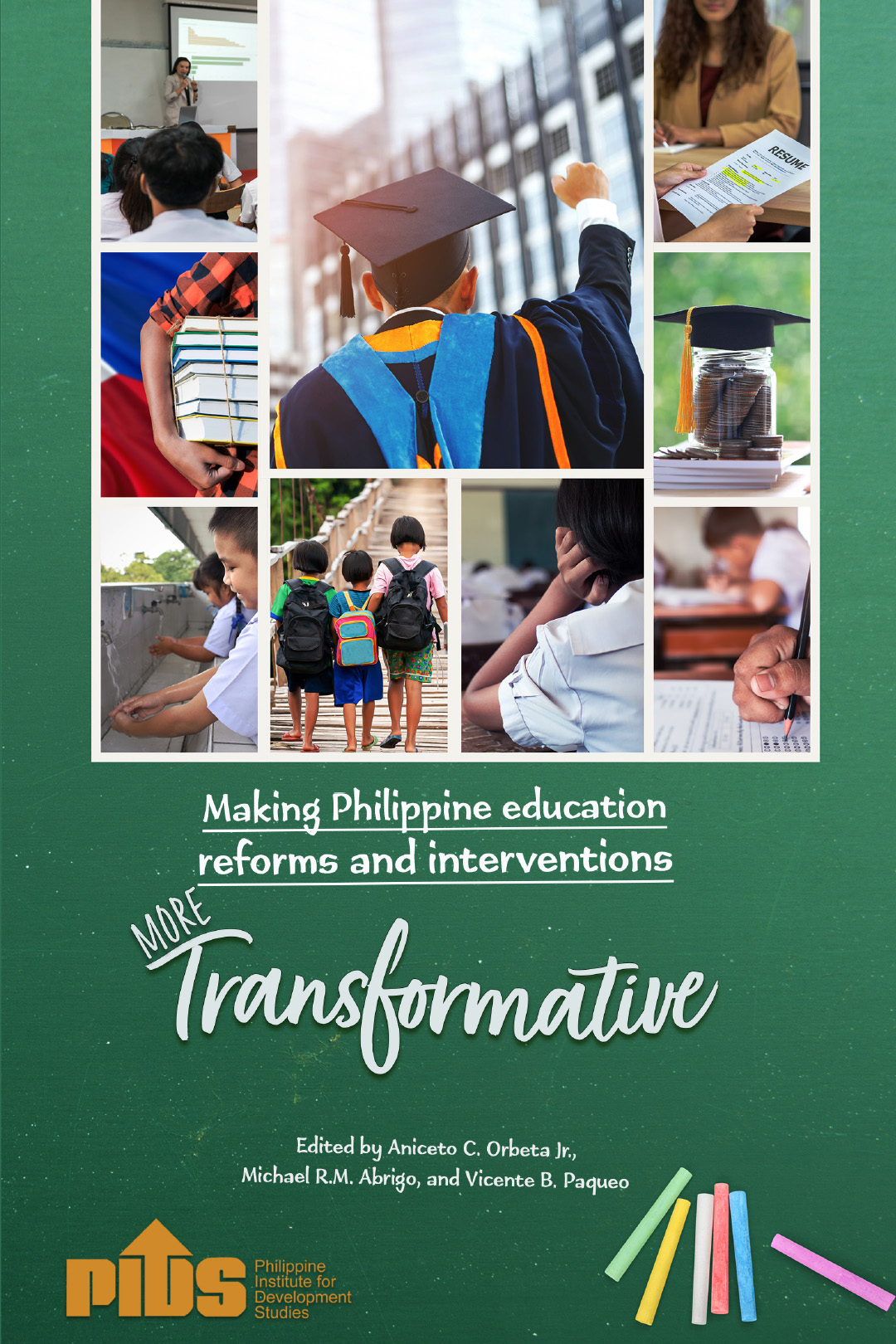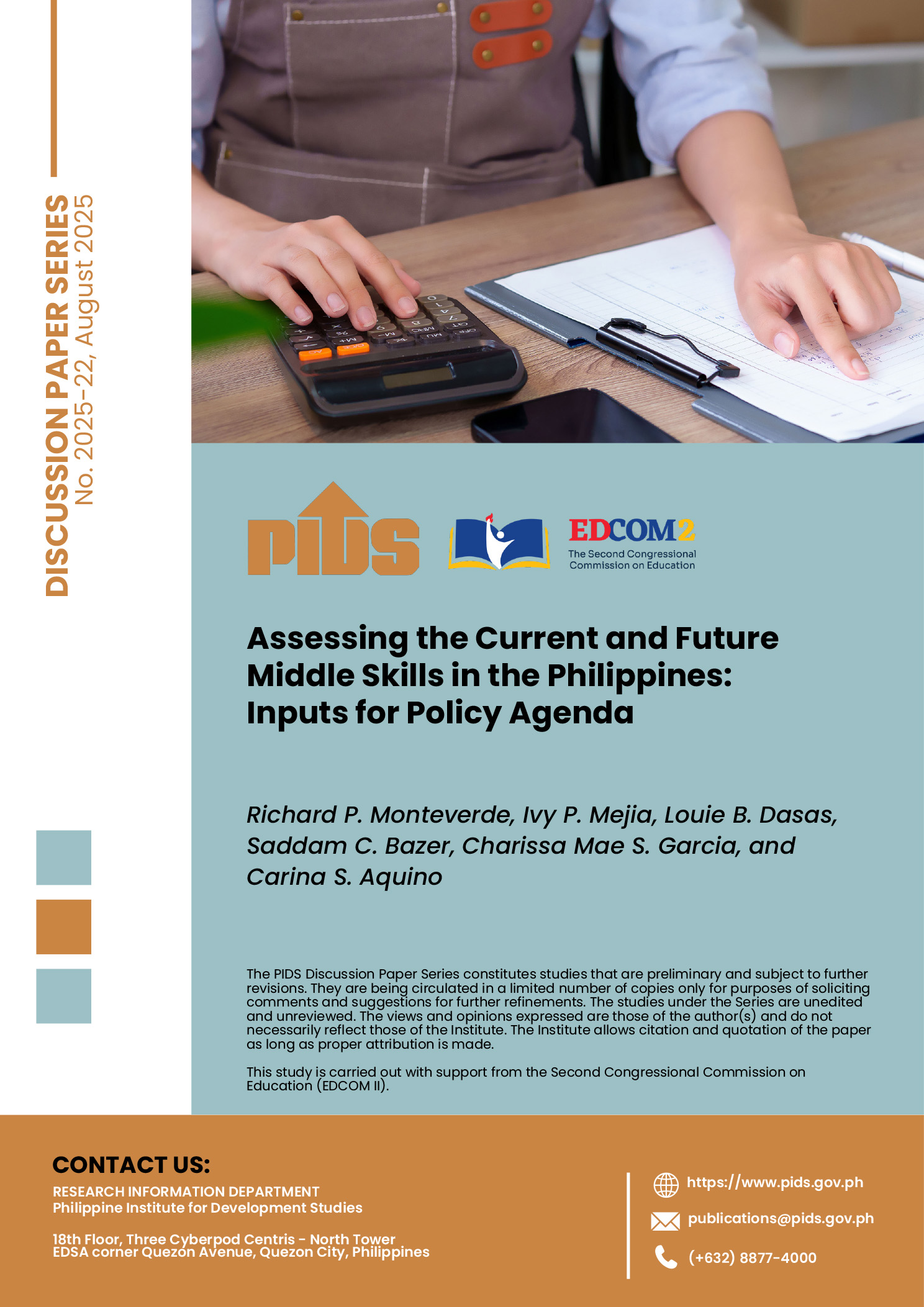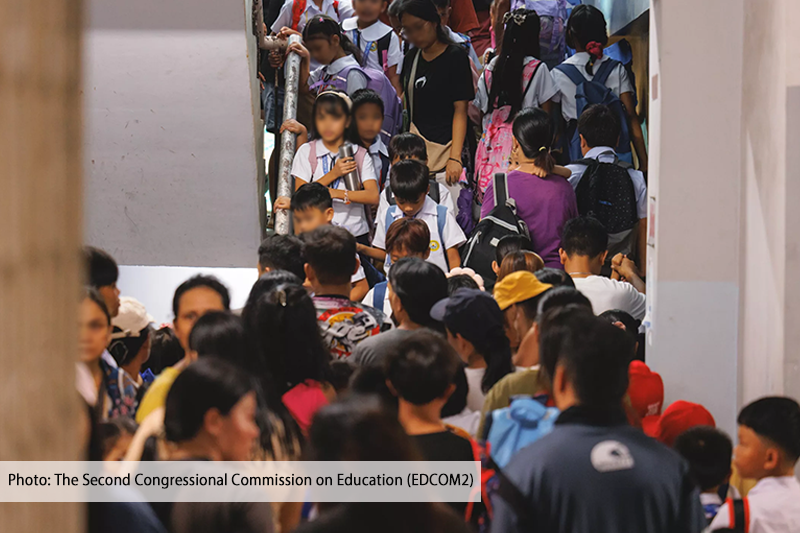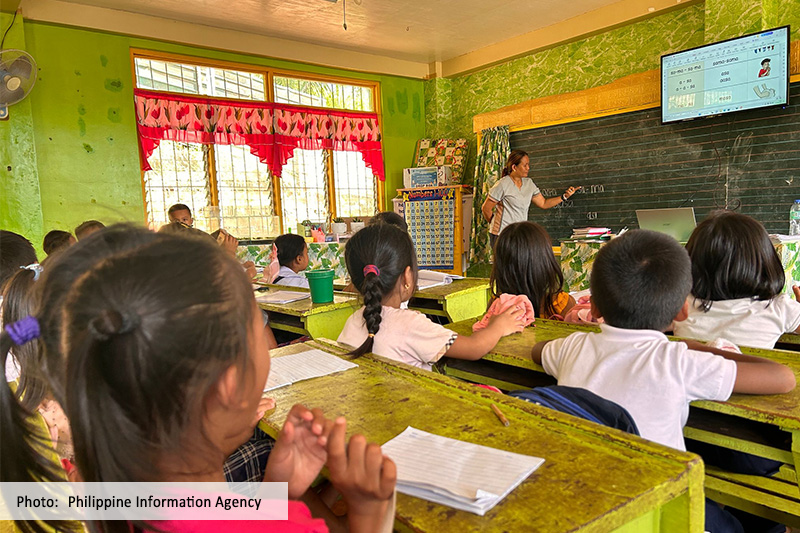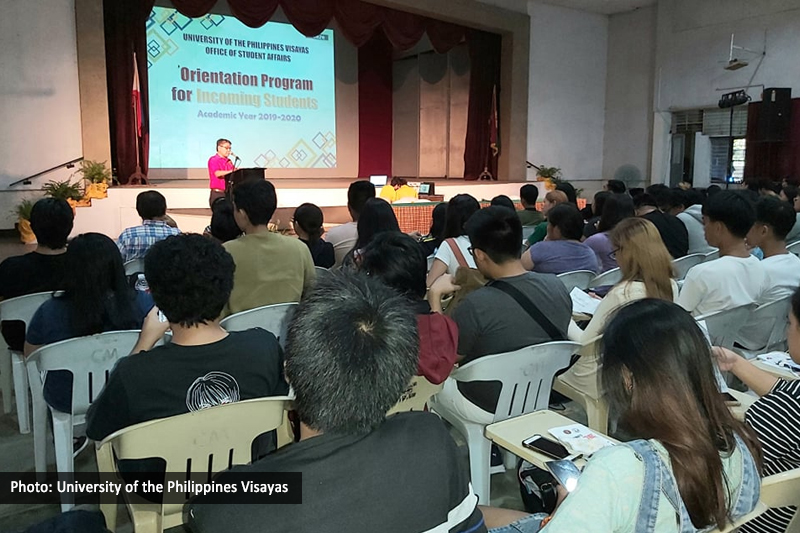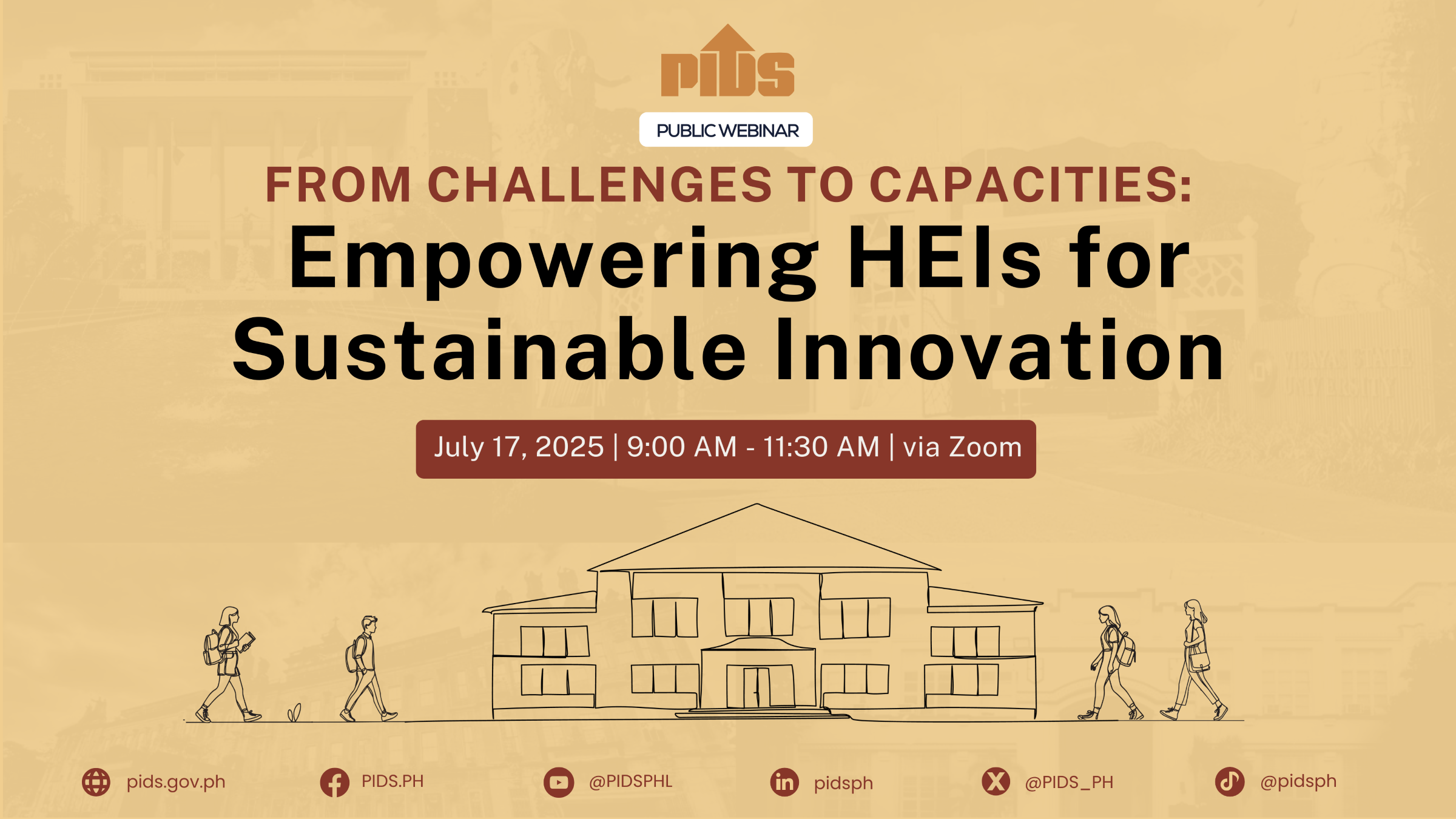The Philippines, a developing country in Southeast Asia with a population of over 100 million people, has a long history of colonization, with Spain being the first colonial power to arrive in the country in 1521. The Spanish colonial period lasted for over 300 years, during which the country’s education system was heavily influenced by the Catholic Church. The Spanish government established schools that primarily catered to the Spanish elite, and education was mainly focused on religious instruction.
After the Spanish-American War in 1898, the Philippines was ceded to the United States. The American colonial period brought significant changes to the country’s education system, with the government introducing a public school system that aimed to provide education to all Filipinos. The American government established public schools that followed an English-language curriculum, which aimed to prepare Filipinos for the workforce and eventually lead to their assimilation into American society.
The Philippine education system underwent further changes after the country gained independence in 1946. The government implemented reforms that aimed to make education accessible to all Filipinos, regardless of their socioeconomic status. The 1987 Philippine Constitution states that “the State shall protect and promote the right of all citizens to quality education at all levels and shall take appropriate steps to make such education accessible to all.”
Despite efforts to make education a key priority in the country since independence in 1946, the Philippine education system continues to face significant challenges that prevent many Filipinos from accessing education.
Poverty
Poverty has long been a pervasive and intractable challenge in the Philippines, and education remains one of the most critical casualties of this social malady. The Philippine Statistics Authority has reported that approximately 16.7 million Filipinos live below the poverty line, with many of them struggling to make ends meet on a daily basis. Consequently, education becomes an unaffordable luxury for many families, especially those living in the most impoverished communities. The inability to send their children to school forces them to work instead, perpetuating the cycle of poverty for generations.
In recent years, the Philippine government has launched several initiatives aimed at addressing the problem of poverty and its impact on education. One such program is the Pantawid Pamilyang Pilipino Program (4Ps), which provides cash transfers to poor families to help them meet their basic needs, including education expenses such as school supplies, uniforms, and transportation costs. The program has been successful in increasing school enrollment and reducing dropout rates in poor communities across the country.
The 4Ps program has been the subject of much research, and several studies have shown its effectiveness in improving access to education for impoverished families. For instance, a study by Montilla et.al. (2019) found that the program had a positive impact on school participation, with a significant increase in the number of children enrolled in school. The study also noted that the program had helped to reduce dropout rates, particularly among girls.
Another study by Howlett et.al. (2018) looked at the impact of the 4Ps program on the education outcomes of children living in poor communities. The study found that the program had a positive effect on both school enrollment and attendance, with children from beneficiary households having higher rates of school attendance than their counterparts from non-beneficiary households. The study also showed that the program had a significant impact on children’s nutritional status, as it helped families to afford healthier food options.
Despite the success of the 4Ps program, however, some experts argue that cash transfers alone are not enough to address the root causes of poverty. They emphasize the need for more comprehensive poverty reduction strategies, such as creating more job opportunities and improving social services. According to a study by Ibon Foundation (2019), poverty reduction in the Philippines requires a multi-dimensional approach that includes investment in education, healthcare, and social services, as well as policies that support job creation and income growth.
One example of a comprehensive poverty reduction strategy is the Sustainable Livelihood Program (SLP), which is implemented by the Department of Social Welfare and Development (DSWD). The SLP aims to provide sustainable livelihood opportunities to poor households, enabling them to increase their income and improve their standard of living. The program offers various forms of assistance, including skills training, micro-enterprise development, and access to credit facilities.
A study by the International Labor Organization (ILO) (2018) found that the SLP had a positive impact on poverty reduction and employment creation in the Philippines. The study noted that the program had helped to increase household income, improve food security, and reduce the incidence of child labor in beneficiary households. The study also highlighted the importance of partnership between the government and the private sector in creating sustainable livelihood opportunities.
Combined with the above, it is easy to see that poverty remains a major obstacle to education in the Philippines, with millions of families struggling to afford basic necessities, let alone the cost of education. While cash transfer programs such as the 4Ps have proven effective in increasing school enrollment and reducing dropout rates, they are not enough to address the root causes of poverty. To achieve sustainable poverty reduction, a more comprehensive approach is needed, which includes strategies to create more job opportunities, improve social services, and support education and skills development. By addressing poverty in a multi-dimensional manner, the country can ensure that all its citizens have equal an equal right to education.
Ongoing armed conflicts
The ongoing armed conflict in some parts of the Philippines has created many challenges in the education sector. In particular, the situation has greatly impacted the lives of many children, making it difficult for them to continue their studies. With schools being forced to close and students being displaced, the government has recognized the need for alternative education systems that can provide access to education to those who have been affected by the conflict.
One of the measures implemented by the government to address this issue is the Alternative Learning System (ALS). The ALS is a non-formal education system designed to provide basic education and skills training to out-of-school youth and adults who have not completed their primary or secondary education. The program is designed to reach marginalized communities, including those affected by armed conflict, who may not have access to traditional formal education.
The ALS program has been successful in providing educational opportunities to those who have been affected by the armed conflict. For example, in 2021, the ALS program reached over 900,000 learners, providing them with access to basic education and skills training. Furthermore, the program has also been successful in improving the literacy rate in the Philippines, particularly in areas affected by the conflict.
One of the reasons why the ALS program has been successful is that it has been able to adapt to the unique challenges faced by learners in conflict-affected areas. For example, the program has developed modules that are designed to be delivered in a modular format, making it easier for learners to access education even if they have to relocate due to conflict.
In addition to the ALS program, there are also other initiatives that have been implemented to address the education challenges faced by those affected by the armed conflict in the Philippines. For example, the United Nations Children’s Fund (UNICEF) has implemented a program that aims to improve access to quality education for children affected by the conflict. This program includes initiatives such as providing temporary learning spaces, training teachers, and providing learning materials to students.
The UNICEF program has been successful in improving access to education for children affected by the conflict. For example, in 2021, the program provided temporary learning spaces to over 18,000 learners, enabling them to continue their studies despite the conflict.
Moreover, international organizations such as the Global Partnership for Education (GPE) and the World Bank have also recognized the importance of education in conflict-affected areas. These organizations have provided funding for education programs in the Philippines, enabling the government to improve access to education and skills training for those affected by the conflict.
For instance, the GPE provided a grant of $20.9 million to the Philippines in 2019 to support the implementation of its education sector plan. The grant aims to improve access to quality education for all, including those affected by the conflict.
Additionally, the World Bank has also provided funding to support the education sector in the Philippines. In 2020, the World Bank approved a $300 million loan to support the government’s efforts to improve the quality of education and increase access to education for all, including those affected by the conflict.
In conclusion, the armed conflict in some parts of the Philippines has greatly impacted the education sector, making it challenging for children to continue their studies. The government has implemented the Alternative Learning System, which provides non-formal education to out-of-school youth, including those affected by armed conflict. The ALS program aims to provide marginalized communities with access to education and skills training, helping them to rebuild their lives and communities. Additionally, international organizations such as UNICEF, GPE, and the World Bank have also recognized the importance of education in conflict-affected areas and have provided funding to support education programs in the Philippines. These initiatives are critical in providing educational opportunities to those affected by the conflict, enabling them to rebuild their lives and communities.
Lack of resources and infrastructure
Another important issue facing the education system in the Philippines is the lack of resources and infrastructure in many schools, especially in rural areas. This challenge is widespread and affects a significant number of schools in the country.
According to a report by the Department of Education, around 5,000 schools in the Philippines have no access to electricity, while 10,000 have no access to potable water. This lack of basic amenities puts students and teachers at a significant disadvantage, affecting the quality of education they receive. In addition, many schools lack adequate classrooms, textbooks, and teaching materials, making it challenging for students to learn effectively. This challenge is not only limited to rural areas but is also present in urban areas.
The lack of resources and infrastructure in schools affects the quality of education that students receive. Without proper facilities, students may not be able to attend classes regularly, or they may be distracted by external factors, making it difficult for them to concentrate on their studies. The lack of textbooks and teaching materials also hinders the learning process, as students may not have access to the necessary information to understand the concepts taught in class.
To address this issue, the Philippine government has invested in infrastructure projects to improve schools’ facilities. For example, the government has constructed classrooms, provided electricity, and installed water systems in schools that lacked these amenities. In addition, the Department of Education has implemented the K-12 program, which aims to provide students with a quality education that is globally competitive. The program includes initiatives such as the provision of free textbooks, school facilities, and teacher training.
In recent years, the government has also implemented several programs aimed at improving access to education in remote areas. The above-mentioned Alternative Learning System (ALS), aiming to provide basic literacy and numeracy skills, as well as functional and life skills to its learners, for example, provides non-formal education to out-of-school youths and adults who cannot attend formal schooling. This program is vital in ensuring that every Filipino has access to basic education.
However, despite these efforts, some experts argue that the government’s efforts are insufficient to address the scale of the problem. They highlight the need for greater investment in education, particularly in rural areas, to ensure that every child has access to quality education. According to a study by the Philippine Institute for Development Studies (PIDS), there is a strong correlation between education and poverty reduction. The study found that increasing access to education can lead to better employment opportunities and higher income levels, ultimately leading to poverty reduction.
Moreover, the lack of resources and infrastructure in schools is not only limited to the Philippines but is also a common problem in other developing countries. For example, in sub-Saharan Africa, nearly 30 million children of primary school age are not in school, and many of those in school face similar challenges to those faced by students in the Philippines. These challenges include lack of access to basic amenities such as electricity, water, and adequate classrooms.
To conclude, the lack of resources and infrastructure in schools is a significant challenge facing education in the Philippines, particularly in rural areas. While the government has implemented several initiatives to address this issue, there is still a need for greater investment in education to ensure that every child has access to quality education. Providing access to education is vital in ensuring that every Filipino has the opportunity to reach their full potential and contribute to the development of the country.
COVID-19
The COVID-19 pandemic has undoubtedly brought numerous challenges to the education system of the Philippines, affecting not only students but also teachers, parents, and educational institutions. In March 2020, the Philippine government ordered the closure of schools to curb the spread of the virus. As a result, millions of students had to shift to online or distance learning, which was a struggle for those without access to technology or reliable internet connection.
One of the major issues that the pandemic has exposed is the digital divide. The digital divide refers to the gap between those who have access to digital technologies and those who do not. In the context of education, the digital divide means that students who lack access to technology and the internet are at a disadvantage compared to those who have them. According to a survey conducted by the Department of Education in July 2020, only 64% of the students who responded had access to a smartphone, while 55% had access to a laptop or desktop computer. This means that a significant portion of the student population is left out of the digital learning experience.
To address the digital divide and the challenges posed by the pandemic, the Department of Education has implemented various distance learning programs. One of these is DepEd TV, a program that provides televised lessons to students in grades 1 to 10. DepEd TV was launched in October 2020 and is aired on free-to-air television channels. The program aims to provide alternative modes of learning for students who do not have access to the internet or digital devices. The lessons cover various subjects, such as English, Math, Science, and Filipino.
Another program that the Department of Education has implemented is DepEd Commons, an online platform that provides free access to digital resources for teachers and students. The platform contains thousands of learning materials, such as lesson plans, videos, and quizzes. Teachers can use the platform to create their own digital lessons, while students can access the materials to supplement their learning. DepEd Commons was launched in 2019 but gained more significance during the pandemic when traditional classroom teaching became challenging.
Apart from these initiatives, the government has also partnered with telecommunication companies to provide free internet access to public school teachers and students. In May 2020, the Department of Education signed a memorandum of agreement with Globe Telecom and Smart Communications to provide free internet access to public school teachers and students until the end of the year. The initiative aimed to ensure that teachers and students have access to online resources and can participate in online classes.
While these initiatives are commendable, some experts argue that the government’s response to the pandemic has been inadequate, particularly in addressing the needs of marginalized communities. According to a study by the Philippine Institute for Development Studies, only 14% of students in the poorest households have access to a computer or tablet, while 16% have access to the internet. The study also found that only 27% of students in rural areas have access to the internet, compared to 47% in urban areas. This shows that students from marginalized communities are at a greater disadvantage when it comes to online learning.
To address this issue, experts suggest that the government should provide laptops and tablets to students who lack access to technology. The Department of Education has recognized this need and has launched a laptop and tablet program for public school teachers and non-teaching personnel. Under the program, the government will provide laptops and tablets to eligible teachers and non-teaching personnel to support their work in distance learning. However, some argue that the program should be expanded to include students who lack access to technology.
The COVID-19 pandemic has exposed the digital divide in the Philippine education system, with many students lacking access to technology and the internet. The government has implemented various initiatives, such as DepEd TV and DepEd Commons, but experts suggest that more needs to be done, particularly for marginalized communities. Providing laptops and tablets to students without access to technology is a crucial step towards creating a more equitable and inclusive learning environment.
Conclusion
In conclusion, the challenges facing the education sector in the Philippines are complex and multifaceted, ranging from poverty to armed conflict, lack of resources and infrastructure, and the digital divide. Addressing these challenges will require a comprehensive and multi-dimensional approach, including strategies to create more job opportunities, improve social services, and support education and skills development, as well as providing alternative learning opportunities in conflict-affected areas and investing in education infrastructure. Bridging the digital divide is also essential, particularly in light of the COVID-19 pandemic. By ensuring that all Filipinos have equal access to education, the country can unlock the full potential of its people and contribute to sustainable development. The government, supported by international organizations and the private sector, must continue to prioritize education and invest in its future.

